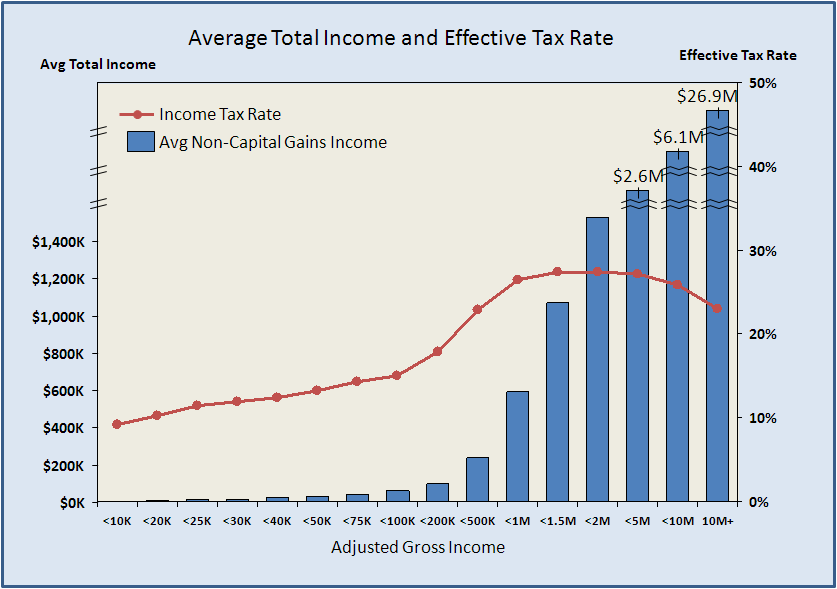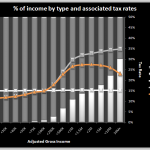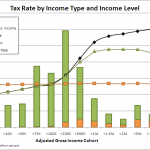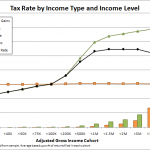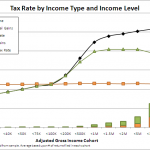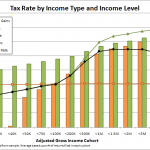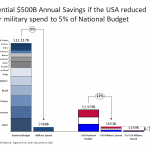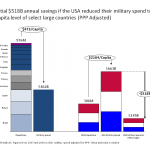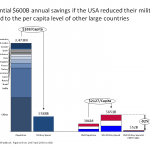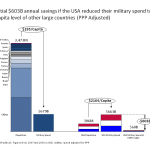This article covers the second concept that I classify under the banner of SoftShoring, and is a follow-up to my last post about the strategy of mobile work locations as a way to improve the efficiency and productivity of your organization.
Introduction to Automation
By far the best way to improve the efficiency of an organization is simply to do things smarter, and one of the most effective ways to do things smarter is through a good automation strategy. Automation is a broad topic, and can mean a lot of different things depending on who you ask. Some people might think of robots building cars, or an HVAC system that turns itself off at night. For my purposes, I am talking about a very generic interpretation of automation, which is simply to reduce the amount of labor intensive work, mainly through the use of software.
While automation in the IT sector has received the most hype in the marketplace, my focus is on other areas. Across enterprises, across functions, one constant that I see is employees throwing their time away on manual, tedious tasks. Small or large, these activities add up, and can take away a majority of the day if you’re not careful. This could be someone in finance manually creating the same PowerPoint report every month, someone in HR manually looking up 50 email addresses in the people directory, or someone in operations manually combining 50 spreadsheets of data. Why not write a macro or create a script instead?
Automation and Offshoring
Automation should be a part of any offshoring strategy. So often, I see manual, tedious work pushed to offshore locations and left there because hey, it’s cheap, right? It may be inexpensive, but it’s not cheap, not when compared to doing it right. If you were to re-invest some of that savings from moving work offshore into the development of solutions to automate that work, you’re compounding the benefits of labor arbitrage.
One simple idea is to embed a technical, developer type resource within every group of business analysts, with the sole task of observing what they do on a day to day basis, and searching for ways to automate that effort. There are a myriad of ways to tackle this issue, and depending on the organization the benefits can be enormous.
Implementing Automation
Why doesn’t this get done more often? I see two major reasons. The first is ignorance around what technology is capable of doing. That’s good, because ignorance can be cured. The second is a talent void, especially at companies with an older workforce. I rarely encounter other employees that have both the mindset of looking for opportunities to automate what they do, and the technical expertise required to create a solution.
My official role right now is a Project Manager. I’m not a programmer. But I have picked up enough to write simple programs and scripts that save me a lot of time in my day to day activities, giving me the freedom and time to work on the stuff that really matters. I’m going to start posting various automation solutions that I’ve created as real life examples of how to implement this strategy, and to hopefully get you thinking about how you can automate what you do.
